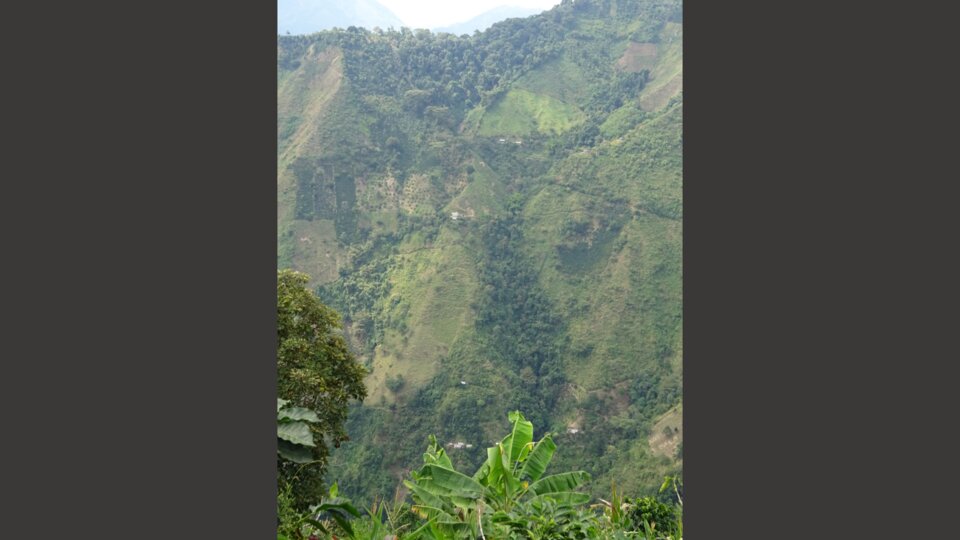One to One with Professor Neal Alexander
One to One with Professor Neal Alexander
We have asked our management board to answer a few quick questions.
This month we are showcasing the responses from Professor Neal Alexander:
What do you like most about the Gnatwork?
That it’s brought together people who work on different vectors to see what ideas are applicable to more than one. This appeals to me as someone who works on methodology. I’ve also enjoyed seeing projects develop from the proposal stage to publication, and how they overcame challenges along the way.
What is your favourite paper?
Woolhouse MEJ, Dye C, Etard JF, Smith T, Charlwood JD, Garnett GP, et al., (1997) Heterogeneities in the transmission of infectious agents: Implications for the design of control programmes. Proceedings of the National Academy of Sciences of the United States of America. 94(1):338-42.
The paper quantifies how a “core” group contributes a large proportion of the transmission of several infectious disease. This continues to be important in COVID-19 in terms of “superspreaders”. The paper came out when I was going my PhD on heterogeneity in lymphatic filariasis and I’ve gone back to it several times since then. It describes various pathogens, some vector borne, including transmission of Leishmania chagasi by Lutzomyia longipalpis.
What is your favourite review paper?
Halloran ME, Longini IM, Struchiner CJ. (1999) Design and interpretation of vaccine field studies. Epidemiological Reviews. 21(1):73-88.
This paper is on direct and indirect effects of vaccine studies, and, like the previous paper, still has great relevance today for COVID-19. I’ve worked a lot on cluster-randomized trials against vector borne-diseases, and this group’s work is relevant for interventions other than vaccines. The central idea is to quantify the benefit that people get from being among others who have been vaccinated (or received another intervention) even if they have not been vaccinated themselves. Ira Longini is someone whose path I’ve crossed several times, and he previously worked at CIDEIM in Cali, Colombia, where I’ve been based since 2004.
What was your most memorable field trip and why?
I’ve worked mostly on mosquito-borne diseases, but, since 2007, as well as with LSHTM, I have been working with CIDEIM in Colombia, which for decades has carried out research on leishmaniasis, which is transmitted by sand flies. As part of a project on the hidden burden of cutaneous leishmaniasis we are working in three ecologically different parts of the country. In 2020, shortly before COVID movement restrictions, I was part of a field trip to the municipality of Rovira to identify potential community and health sector partners for the project. The photo shows woodland and crops on the east side of the central Andean cordillera. The main vector of cutaneous leishmaniasis here is Pintomyia (Pifanomyia) longiflocosa.
